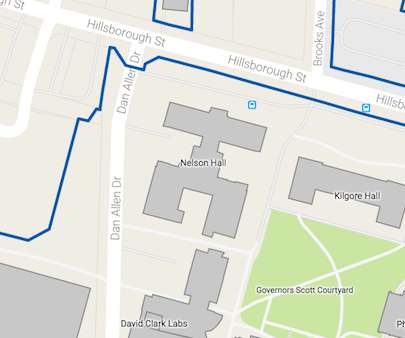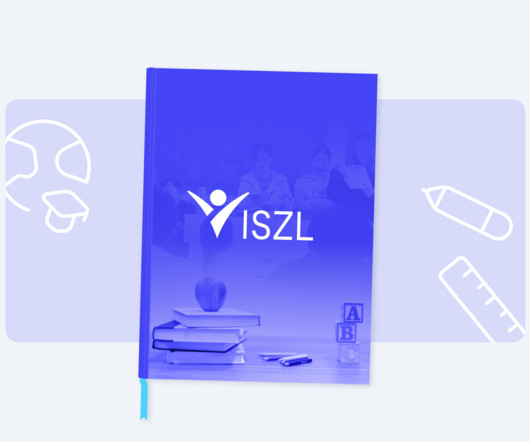Visibility: If Only I Could See
Supply Chain Shaman
MARCH 12, 2019
In 2004-2006, Greg Aimi (now a Gartner analyst) and I worked on a common definition of visibility for over a year. This team was working on quality improvements and found that the flows crossed 117 disconnected documents in access, excel, and google analytics. These sources while functional are difficult to connect.

















Let's personalize your content